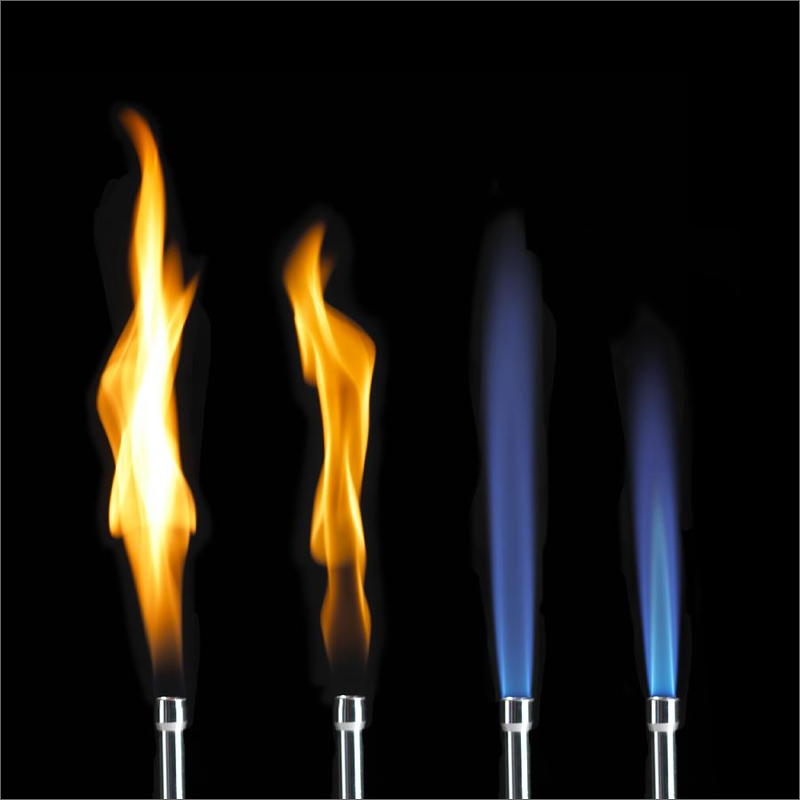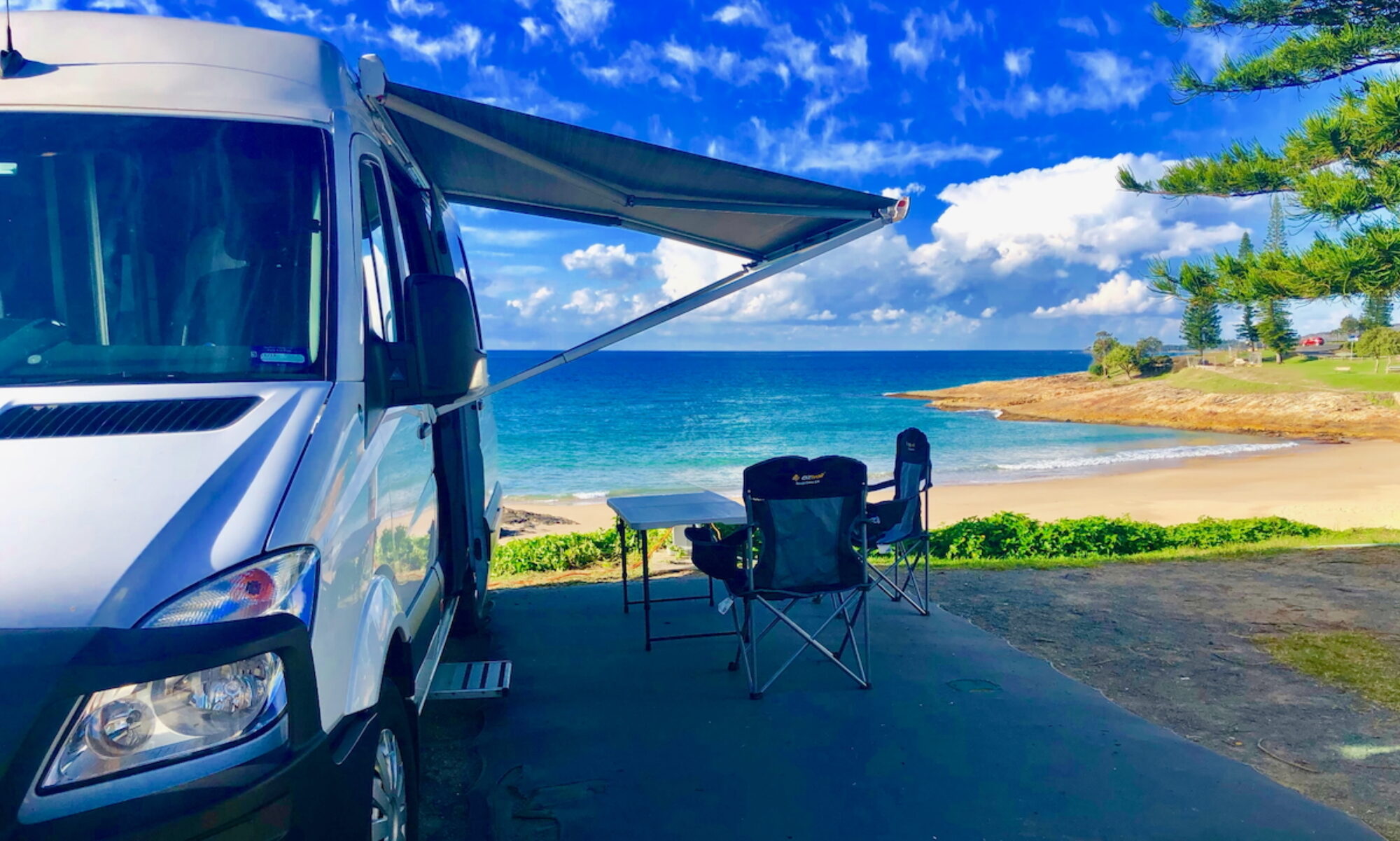See also: Our Appliances | Ducted Air Heating | Diesel v LPG Air Heating
Luke warm
 Have you noticed that your Campervan’s LPG-heated hot water isn’t quite so hot when you setup camp off-grid in the high country?
Have you noticed that your Campervan’s LPG-heated hot water isn’t quite so hot when you setup camp off-grid in the high country?
The efficiency of Propane-fuelled heating appliances decreases at altitudes above 600 metres (2000 ft). In our experience, our LPG-heated hot water becomes noticeably less hot once we are camped at altitudes above 800 metres. When camped at Jindabyne (NSW), for example, at 900 metres, our hot water is warm rather than hot.
Why is this so?
 As with the combustion of any materials, Propane gas requires oxygen to burn.
As with the combustion of any materials, Propane gas requires oxygen to burn.
You may remember from school days in the science lab that the hottest part of a bunsen burner flame was at the tip of the lighter-blue part of the flame. If you wrapped your fingers around the air intake holes at the base of the burner (restricting the oxygen intake) the flame became yellow, and burned with far less heat.
The burners in gas-fuelled water heaters work in the same way. They are designed and manufactured to operate at maximum efficiency at sea level, where the proportion of Propane to Oxygen in the combustion process is 1:10. This ratio is controlled by the diameter of the aperture of the jet delivering the gas.
As you travel to higher altitudes the atmosphere contains less oxygen, so your LPG-fuelled equipment combusts propane gas less efficiently – just like restricting the oxygen intake on those bunsen burners in the science lab.
In the mix
 People living permanently at these higher altitudes have modified jets (smaller diameter) installed on their LPG appliances, so that the amount of gas supplied is reduced to maintain the 1:10 gas to oxygen ratio. In some jurisdictions a high altitude gas mix may be available.
People living permanently at these higher altitudes have modified jets (smaller diameter) installed on their LPG appliances, so that the amount of gas supplied is reduced to maintain the 1:10 gas to oxygen ratio. In some jurisdictions a high altitude gas mix may be available.
For casual Campervan and Motorhome travellers to high altitude regions there is not a lot that can be done to solve the problem when running appliances on LPG – other than to be aware of the issue, and to be prepared for less-warm showers and slower cooking times. (We have a 12/230V compressor fridge, so have no experience with the effects of high altitude on fridges running on LPG. Though I expect there would be some impact, Ditto for LPG ducted air heaters.)
Regular RV visitors to high altitudes might consider installing a diesel water heater, or maybe a combined space and water heater powered by diesel fuel. (See Webasto DualTop Evo Combination range – efficient up to 2200m / 7200ft).
For long term campers using LPG at high altitude, a high altitude water heater kit (with a modified gas jet) might be available for your particular brand of heater. (Refilling tanks with the local LPG blend may also be an option, if such an option is available. Check with local vendors.)
Another option when camped at high altitudes might be to stay in caravan parks (or use a generator) to run your water heater on 230V rather than LPG.
Sticky diesel
 A related issue to consider in this discussion is the effect of extremely cold temperatures on diesel fuel. When diesel fuel is cold it is possible for it’s wax content to begin solidifying, clogging fuel lines and filters. Diesel fuel supplied in alpine areas in winter is a modified blend to compensate for this waxing issue. If travelling in alpine regions in winter, the tip is to arrive with an almost empty fuel tank and fill up with the local blend. DIY diesel additives are also available.
A related issue to consider in this discussion is the effect of extremely cold temperatures on diesel fuel. When diesel fuel is cold it is possible for it’s wax content to begin solidifying, clogging fuel lines and filters. Diesel fuel supplied in alpine areas in winter is a modified blend to compensate for this waxing issue. If travelling in alpine regions in winter, the tip is to arrive with an almost empty fuel tank and fill up with the local blend. DIY diesel additives are also available.
|
Further reading:
|
